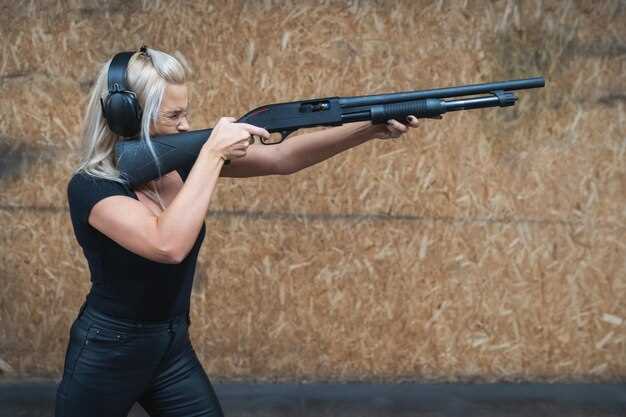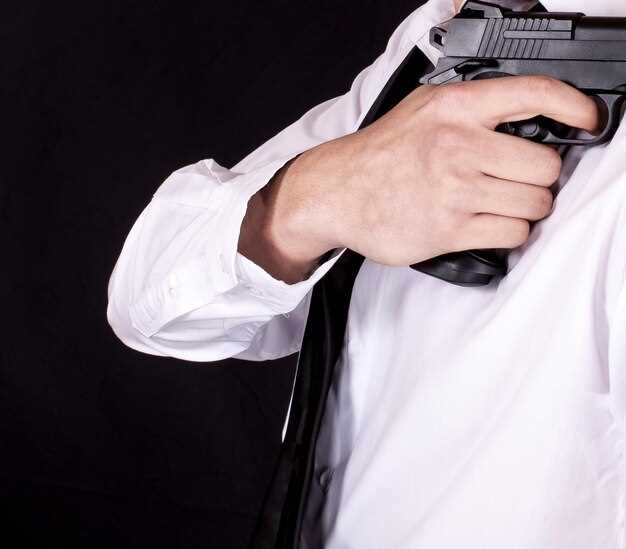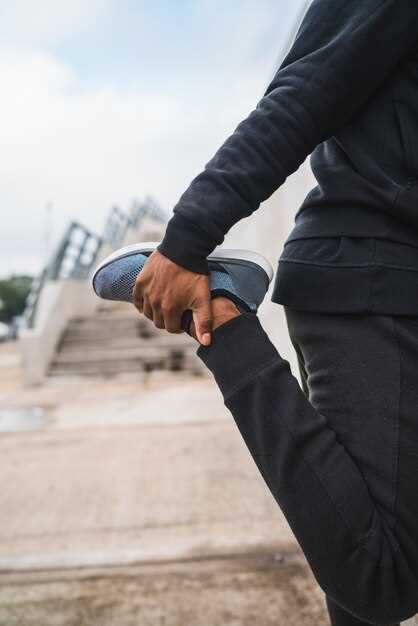
How to improve your shooting stance and grip

Improving your shooting stance and grip techniques is essential for any firearm enthusiast, whether you are a beginner or a seasoned marksman. A solid foundation not only boosts your accuracy but also increases your overall confidence when handling a weapon. Understanding the nuances of your stance and grip can make a significant difference in your shooting performance.
Your stance serves as the bedrock of your shooting ability. It provides stability and balance, allowing you to absorb recoil effectively and maintain control of your firearm. A well-executed stance can drastically reduce the time it takes to acquire your target, enabling quicker follow-up shots. In this article, we will delve into the various shooting stances and explain the importance of adapting your position based on the shooting scenario.
Similarly, your grip technique cannot be overlooked. The way you hold your firearm directly impacts your accuracy and precision. An improper grip can lead to unwanted movement and a lack of control during the shooting process. We will explore various grip methods, emphasizing the significance of proper hand placement and pressure. Mastering these elements is crucial for enhancing your overall shooting experience.
By refining both your stance and grip techniques, you set yourself up for success on the range and beyond. With dedicated practice and mindful adjustments, you can elevate your shooting skills to new heights. Let’s begin the journey toward a more effective and enjoyable shooting experience.
Mastering the Fundamentals of Your Shooting Stance
To achieve consistent accuracy and precision in shooting, mastering your shooting stance is crucial. A proper stance not only enhances your stability but also complements your grip, allowing for better control over the firearm. Here are key elements to focus on when developing your shooting stance.
Foot Positioning: Begin with your feet shoulder-width apart. The ideal positioning involves placing your dominant foot slightly back, providing a solid foundation. This stance helps to absorb recoil and maintain balance while shooting. Ensure that your weight is evenly distributed on the balls of your feet, which allows for quick adjustments and movement if necessary.
Knees and Hips: Keep your knees slightly bent, creating a more stable posture. Your hips should be positioned forward, leaning into the shot while maintaining a relaxed upper body. This alignment enhances your control over the firearm and reduces fatigue during prolonged shooting sessions.
Upper Body Alignment: Align your shoulders with your target. A proper stance requires that your torso faces slightly forward, supporting your grip. Keep your arms extended with a slight bend at the elbows to avoid unnecessary strain. This positioning allows for a more natural and comfortable grip on the firearm.
Consistent Grip: Your grip should be firm yet relaxed. Aim to hold the firearm tightly enough to maintain control, but not so tightly that it causes tension in your hands and wrists. A proper grip complements your stance and helps mitigate recoil impact, ensuring a smoother shooting experience.
Practice Makes Perfect: Regular practice of your shooting stance is essential. Dedicate time to drills that focus on positioning, grip, and overall stability. The more familiar you become with the fundamentals, the more instinctive your stance will be, ultimately leading to improved performance on the range.
In conclusion, mastering your shooting stance is integral to becoming a proficient shooter. By concentrating on foot positioning, body alignment, and grip, you can build a solid foundation that enhances your overall shooting skills.
Choosing the Right Grip for Accurate Shooting

Choosing the correct grip is crucial for achieving accuracy in shooting. The grip serves as the foundation for your control over the firearm, affecting both stability and shot precision. A proper grip allows for better alignment with your target and reduces the chances of flinching or misfiring.
Firstly, consider the type of firearm you are using. Handguns, shotguns, and rifles require different grip techniques tailored to their unique characteristics. A firm grip is essential, but it should also allow for some flexibility to manage recoil effectively. For pistols, place your dominant hand on the grip with your fingers wrapped around it firmly, while your thumb rests naturally along the side. Your support hand should grasp the frame to create a stable shooting platform.
For rifles, the grip may involve holding the firearm at a specific angle to enhance control. Ensure that both hands work in coordination, with the dominant hand operating the trigger and the support hand steadying the fore-end. A relaxed yet firm grip helps absorb recoil, maintaining accuracy over successive shots.
The size and shape of the grip are also important. Grips that are too large or small can lead to discomfort and reduce control. Consider trying different grip sizes and styles to find what feels natural and secure in your hands. Custom grips may be an option for those with unique hand sizes or preferences, allowing for a personalized fit that can significantly improve performance.
Additionally, focus on the pressure applied through your grip. Excessive tightness can lead to tension, causing jerky movements. Aim for a balance where your grip is secure enough to control the firearm but relaxed enough to maintain fluid motion. Regular practice with your chosen grip will build muscle memory, ultimately enhancing your shooting accuracy.
Common Mistakes in Stance and Grip to Avoid

Developing an effective shooting stance and grip is crucial for accuracy and consistency. However, many shooters fall into common pitfalls that can undermine their performance. Recognizing and addressing these mistakes can significantly enhance your shooting ability.
One prevalent mistake is an improper grip on the firearm. A grip that is either too tight or too loose can affect stability and control. A tight grip may induce tension in the hands and arms, leading to shaky shots. Conversely, a loose grip might result in insufficient control during recoil, causing the shooter to miss the target. Aim for a firm but relaxed grip, ensuring that you can maintain steadiness without unnecessary tension.
Another common error is neglecting to align your grip with the natural point of aim. Many shooters fail to align their forefinger with the trigger in a way that allows for a smooth pull. This misalignment can lead to pulling shots off target. Ensure that your finger rests on the trigger at the first joint and that your grip does not compromise your ability to pull the trigger straight back.
Inadequate stance can also be detrimental. A stance that is too narrow affects balance, making it difficult to absorb recoil. Conversely, a stance that is too wide can limit mobility and make it challenging to adjust quickly. Strive for a balanced stance with your feet shoulder-width apart, providing a solid foundation for shooting.
Another mistake to avoid is failing to maintain a consistent grip position. Changing hand placement may lead to variations in shot placement and decreased precision. Always return your grip to the same position each time you mount the firearm, which will contribute to muscle memory and overall accuracy.
Lastly, improper use of support in grip can create inconsistencies. Relying solely on your dominant hand while neglecting support from your other hand can destabilize the firearm, especially during rapid firing sequences. Make full use of your support hand to stabilize the firearm, ensuring that both hands work together harmoniously.
By being aware of these common mistakes in stance and grip, shooters can make necessary adjustments to improve their overall shooting performance. Consistent practice and attention to detail will lead to greater accuracy and confidence on the range.




